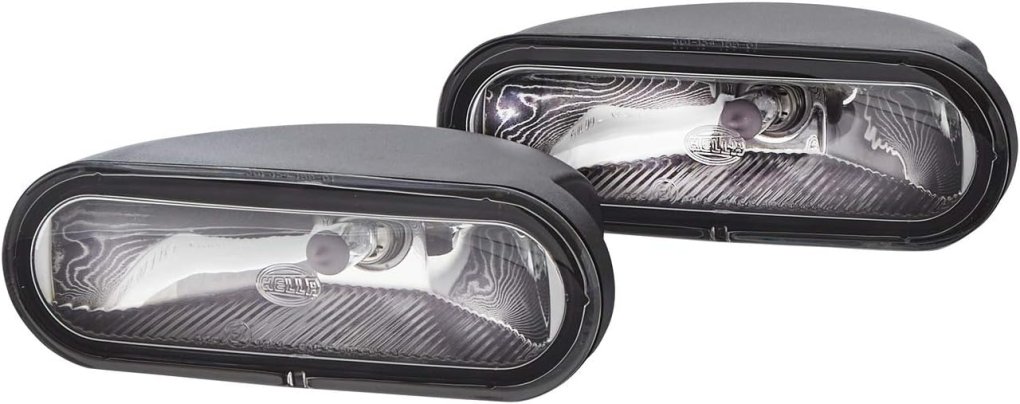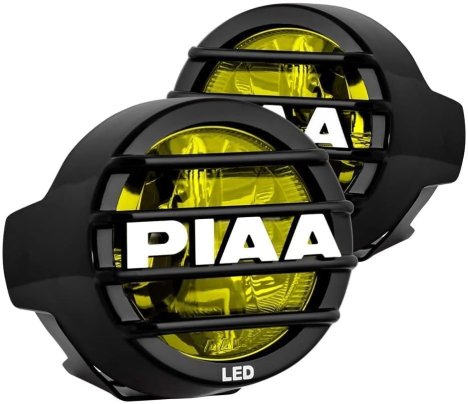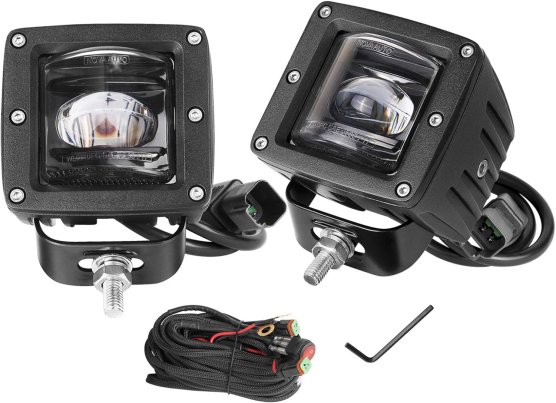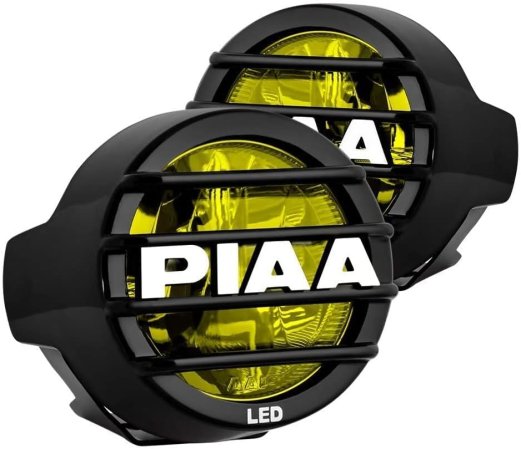We may earn revenue from the products available on this page and participate in affiliate programs. Learn more ›
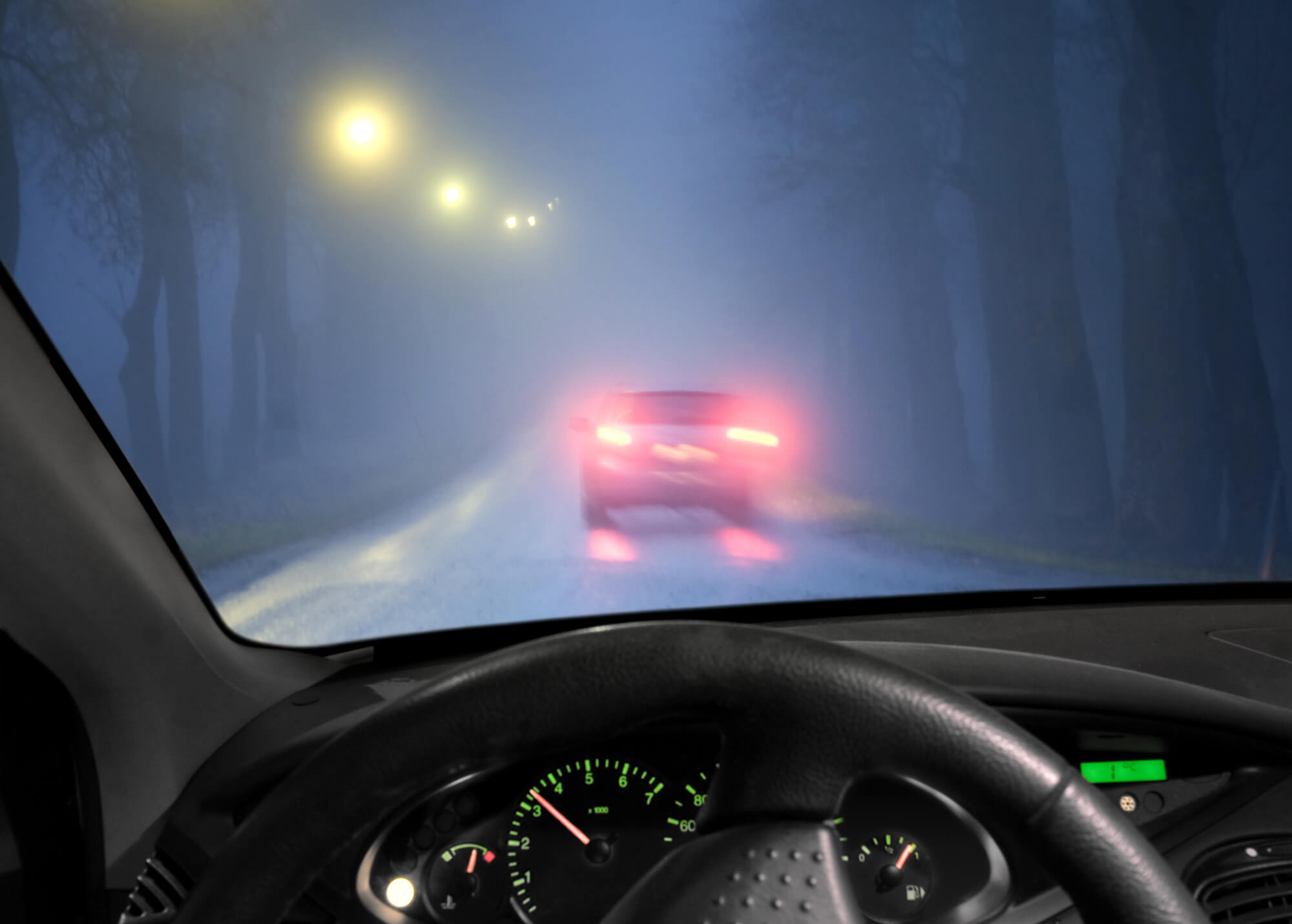
Most car manufacturers are beginning to phase out fog lights, luxury manufacturers have been the first to do so. Their reasoning is that headlight technology has come so far it’s rendered auxiliary fog lights obsolete. Part of their thinking is fog lights, and all auxiliary lighting at this point, have become the latest in non-functional automotive accessorising; how often do people drive with fog lights lit when not a whiff of fog is anywhere to be seen? It’s also worth noting, fog lights, driving lights, and off-road lights are all very different things that perform in different ways. None of them are designed to be used all the time, especially when other cars are around. But, some people may actually drive in fog on a regular basis, for them, there are still some good choices for improving visibility in fog, rain, and snow.
Summary List
- Best Overall: Hella FF75 Fog Lamp Kit
- Best LED Light: PIAA LP530 LED Fog Light Kit
- Best Value: OFFROADTOWN LED Fog Light
Our Methodology
Choosing the best fog lights for this guide isn’t an easy task. Although I’ve used aftermarket fog lights on several cars over the years, the market is constantly changing. Besides the advancements in products, consumers’ expectations are always evolving as well. The lights you see here represent the best choices for functionality in fog, rain, snow, or even dust. Besides the function of the lights, durability and value were weighed. Aftermarket lighting can get very expensive and at a certain point, you will find diminishing returns on your investment rather quickly.
Best Aftermarket Fog Lights: Reviews & Recommendations
Best Overall
Hella FF75 Fog Lamp Kit
Pros
- Not for decoration, these provide real illumination in fog, snow, and rain
- Magnesium free-form reflector maximizes light output
- If installed correctly, will far outperform most factory or aftermarket lights
Cons
- Will look decidedly Radwood era on modern cars
- Should include fuse and yellow bulbs for the price
Best LED Alternative
PIAA LP530 LED Fog Light
Pros
- Lower power consumption and less heat than halogen
- Available in different beam patterns and bulb color combinations
- More precise light pattern than other LED lights
Cons
- Lens guard feels cheap and doesn’t fit securely
- Kit doesn’t include a relay or fuse
Best Value
OFFROADTOWN LED Fog Lights
Pros
- Great price for SAE compliant LED light
- Good light output and well controlled beam pattern
- Aluminum construction is surprising at this price
Cons
- Mass produced light available from dozens of companies, up to you if that’s bad
- Like so many things you buy online, inspect closely for defects before use
Our Verdict on the Best Aftermarket Fog Lights
The Hella FF75 Fog Lamp Kit is a high-quality kit that allows you to supplement your headlights or even your factory fog lights.
The OFFROADTOWN LED Fog Light Kit is a quality, affordable option for those on a budget.
Features to Consider When Choosing Fog Lights
Types of Aftermarket Fog Lights
LED
Light Emitting Diodes are semiconductors that happen to emit light when a current is passed through them. They are quickly taking over the lighting world as they are far more efficient than incandescent bulbs. Another upside is LEDs generally have a far greater lifespan than Incandescent, but in most cases the electronics that support them aren’t as long-lived. When buying LED lights, it is imperative that the light was designed to use an LED, retrofitting an LED into a housing designed for a halogen bulb will at best be inefficient and at worst will turn the light into a weapon used against oncoming drivers.
Halogen
Halogen light bulbs are what’s known as incandescents. Inside the bulb is a tungsten filament that heats up as an electrical current is passed through it. Halogen gas is used inside some bulbs that not only allow for higher temperatures, but as the tungsten evaporates from the filament it combines with the halogen gas. This not only keeps it from blackening the inside of the bulb, but the halogen gas will deposit the tungsten back on the filament.
Key Features
Lumens
Lumens are used to measure the total amount of light emitted by a light source. That may sound good at first, but what we really want to focus on is how the entire lighting system works in the environment. A fog light may have a bulb with a very high lumen rating, but if that light isn’t spread out evenly and efficiently in the area in front of the car, it isn’t effective.
Lifespan
Like any other light on your car, fog lights will lose their power over time. The typical fog light will last you up to 30,000 hours, but you can find some that last up to 50,000 hours. Plus, since you don’t use them as much as your high-beams, they can last a long time. You should get 3-6 years out of your fog lights.
Aftermarket Fog Lights Pricing
- Under $80: If you just want something that lights up, this is your price range. I would encourage you to look for aftermarket daytime running lights instead of fog lights as they are less likely to blind other drivers.
- $81-$150: The fog lights in this price range are great for both performance and looks. This price range will get you fog lights which are certified for road use and can make a huge difference in vision in inclement weather.
- $150 and up: This is where you will find the best fog lights, but you will also start to see diminishing returns with the more money you spend.
FAQs
A: The answer to this question will entirely depend on where you live. You need to check with your local laws and regulations. Some states limit the number of lights you can have on the front of your vehicle. Other states limit the height and location of the installation of the lights.
A: Yes, you should consider compatibility. You need to look at your vehicle and make sure there is space to mount the fog lights. Some vehicles don’t have a natural space for them. Then you need to make sure your electrical system has the capacity for more draw. This shouldn’t be a problem on modern cars, but it can be on a classic.
A: Color temperature refers to the tint of the light. The measurement is expressed in Kelvins. The lower the number, the more yellow or amber the light will look. The higher the number, the cooler and more bluish and purple the light will look. In the middle of the scale is clear, bright white light.
